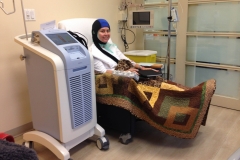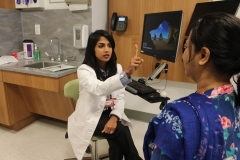Weill Cornell Medicine - Long Island City
At the Long Island City location, our compassionate physicians are excited to help you and your family achieve and maintain the best health possible. We provide primary and specialized care, and work with you to create a custom care and treatment plan for you.
Our orthopedics team practice in partnership with NewYork-Presbyterian. Learn more about their providers.




